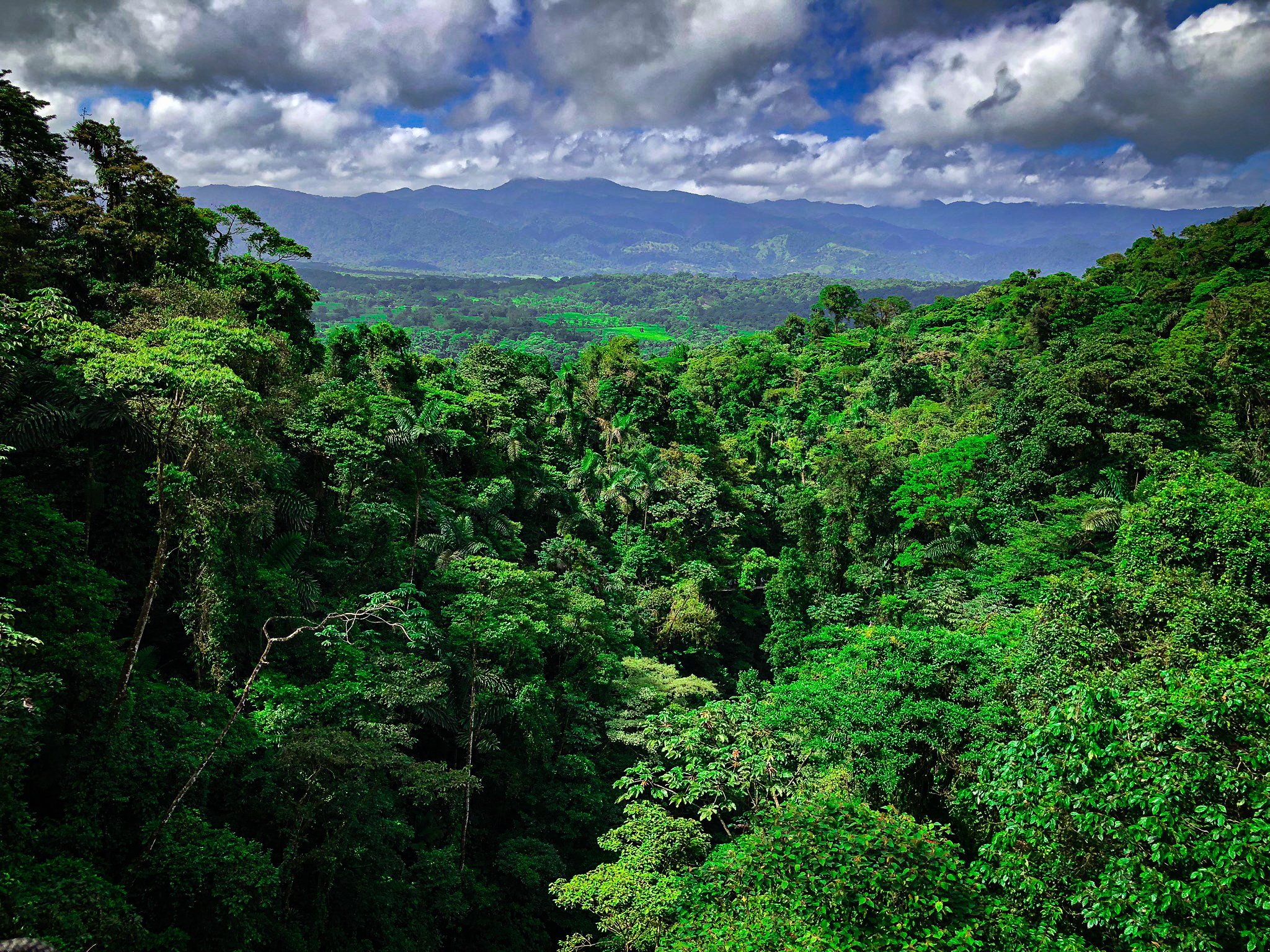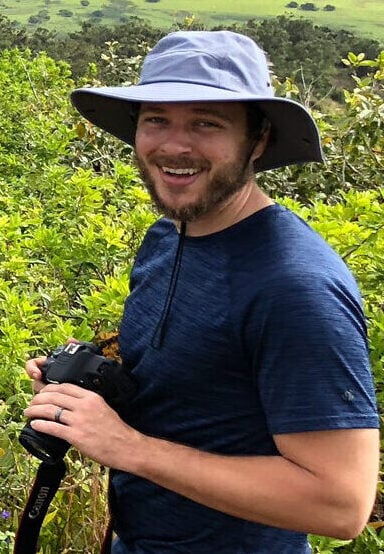Introduction
Wondering which part of Costa Rica to visit? It’s not a large country, but because it stretches from the Pacific to Atlantic across jungles and volcanoes, it is incredibly diverse in its geography. This is exactly what makes it one of our favorite places to visit; it’s an entirely different trip each time. This guide reviews the various regions of Costa Rica and what to do in each one.
Quick Picks: Best Regions to Visit in Costa Rica
- Best for Beaches with Access from LIR: Northern Pacific (Guanacaste)
- Best for Surf & Wellness: Nicoya Peninsula
- Best for Adventure: Northern Zone
- Best for Culture with Rural Day Trips: Central Valley
- Best for Beaches and Wildlife with Access from SJO: Central Pacific
- Best for Wildlife & Eco-Travel: Osa Peninsula / South Pacific
- Best for Culture & Caribbean Vibes: Caribbean Coast
Time of Year to Visit Costa Rica
In my opinion, there's no bad time to visit Costa Rica, but there are wet and dry seasons to be aware of to best plan for your tip.
- Dry season (December–April): Peak tourism season, sunny skies, easier road conditions, higher prices.
- Green season (May–November): Expect afternoon rain showers, fewer crowds, lusher landscapes, and lower prices.
- Caribbean Coast: Wetter and less predictable, with no true dry season, but February-March and September–October tend to be drier months.
Tip: We personally love visiting during the wet season; it’s quieter and the hotel prices are better. In the inland regions, there are rain showers most days, but nothing that keeps us from spending plenty of time outdoors. The coastline of Guancaste tends to offer sunnier weather, and we’ve had stretches of sunny beach weather even in the wet season. Regardless, I would definitely pack a rain jacket if visiting Costa Rica in the wet season.
Breaking Down Costa Rica's Geographical Regions
Costa Rica is legally divided into seven provinces, but for purposes of this post, we’ll discuss the geogrpahical regions, some of which stretch across multiple provinces.
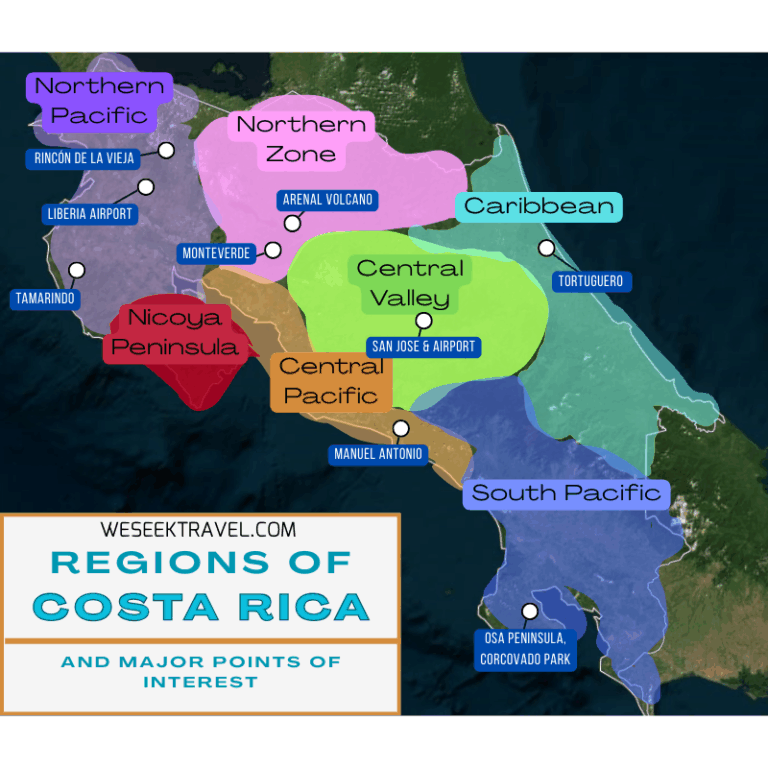
Northern Pacific (Guanacaste)
Guanacaste is a large province that encompasses the western coast, where you’ll find a mix of beach resorts and boutique jungle lodges. We found Guanacaste easier to drive around as compared to some of the more mountainous regions, and the abundance of towns and tourist spots makes it easy to catch a rideshare or hotel shuttle. I recommend Guancaste as your Costa Rica starting point if traveling with young kids who get ansty on lengthy car rides.
Since Liberia Airport is right there (under an hour from some of the more northern beaches), you can even squeeze in a short 3-4 day trip all in Guanacaste while still experiencing a miriad of activities. A week-long Guanacaste to Arenal itinerary also works well.
Why Visit: Beaches and jungles, luxury resorts, family vacations, easy acces from Liberia International Airport.
Highlights:
- Beaches: Playa Conchal, Playa Flamingo, and Tamarindo.
- National Parks: Rincon de la Vieja (volcanic craters, hot springs, waterfalls), Palo Verde (birdwatching).
- Wildlife: Olive Ridley sea turtles nesting at Ostional (July–December).
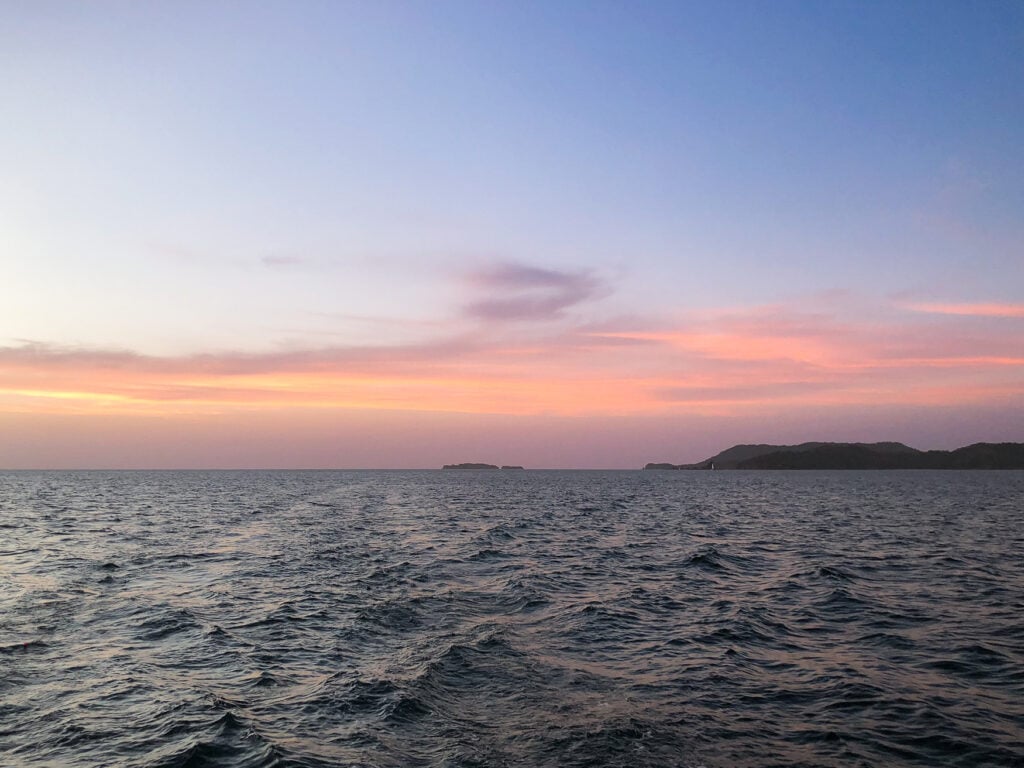
Northern Zone
This area found in the Alajuela province includes Arenal Volcano and adjacent town of La Fortuna. South of Lake Arenal you'll also find Monteverde Cloud Forest (it doesn't look far away on the map, but takes about three hours from Arenal thanks to the terrain). Come to the Northern Zone for the volcano and waterfall hikes, hot springs, and misty jungles. There are a number of adventurous tours in this region (whitewater rafting, ziplining, canyoning...) as well as the serene hanging bridges parks of Monteverde Cloud Forest, Mistico, and others. If you're thinking of adding the cloud forest to your itinerary, read about our favorite Monteverde places to stay.
While the beaches of Guanacaste are easy to navigate to, Arenal and Monteverde involve longer drives and more mountainous terrain. Once we were there, though, looking at the volcano through the jungle landscaping of our hotel in La Fortuna, it felt like no place else we’d ever visited.
Why Visit: Adventure, volcano hikes, waterfalls, hot springs.
Highlights:
- Arenal Volcano & La Fortuna: Hot springs (Tabacón, Baldi), La Fortuna Waterfall, Mistico Hanging Bridges.
- Monteverde Cloud Forest: Hiking trails, ziplining, birdwatching (resplendent quetzal).
- Adventure Activities: Whitewater rafting, canyoning, horseback riding, and ziplining.
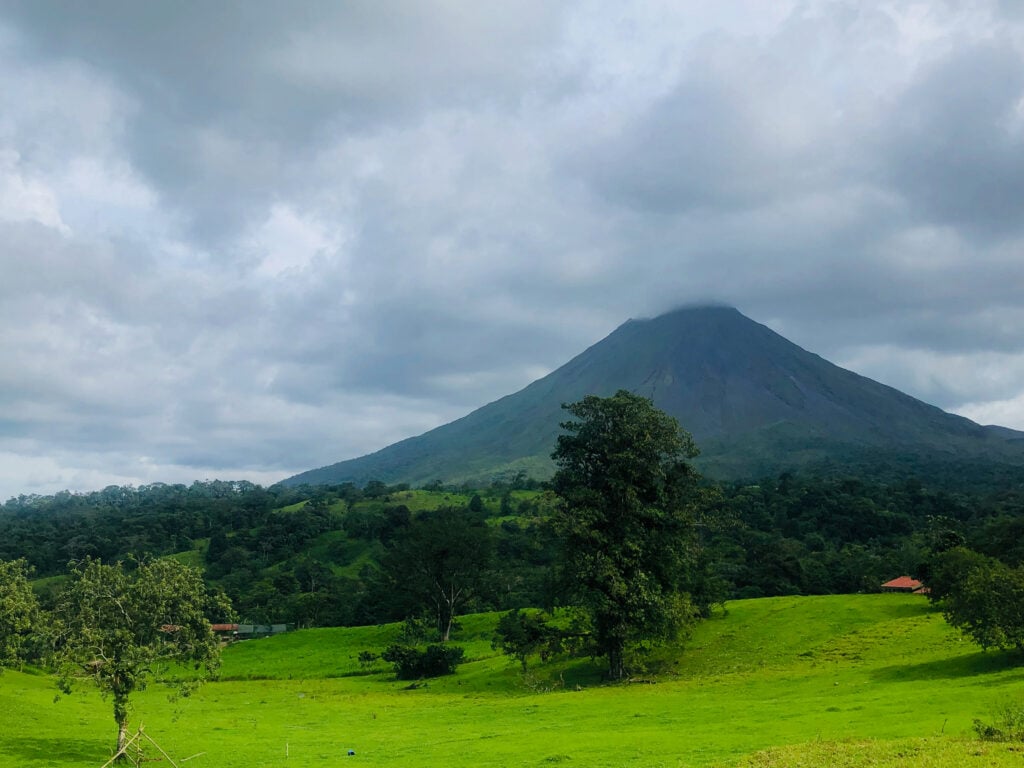
Central Valley
This region, as the name implies, is an area in central Costa Rica, stretching across the Alajuela, San José, and Cartago provinces. Since San José is the capital, it’s not surprising that this is the central hub of Costa Rica’s cultural and economical infrastructure. San Jose has several great museums worth visiting if your itinerary takes you through the city. You can choose to explore downtown on your own or book a guided walking tour for more cultural insight. This region, like the others, also includes several protected natural landmarks such as La Paz Waterfall Gardens and the Poás, Irazú, and Barva volcanoes.
Why Visit: Museums, cultural experiences, coffee tours, volcano day trips, international airport access from SJO.
Highlights:
- San José: National Museum, Gold Museum, Jade Museum, bustling Central Market.
- Volcanoes: Poás, Irazú, and Barva offer day trips from the city.
- Nature: La Paz Waterfall Gardens, coffee plantation tours.
Nicoya Peninsula
On the western side of the Gulf of Nicoya, this rugged peninsula spans southern Guanacaste and northern Puntarenas. It’s famous as one of the world’s Blue Zones, where residents are known for their longevity, wellness, and laid-back lifestyle that I can’t help but envy.
Why Visit: Surf culture, yoga retreats, wellness, off-the-beaten-path beaches.
Highlights:
- Santa Teresa: A surfer’s retreat with yoga studios, boutique hotels, and a bohemian vibe.
- Nosara: Known for wellness retreats, family-friendly beaches, and protected turtle nesting sites.
- Montezuma: Quaint town with a hippie feel and access to the Montezuma Waterfalls.
- Cabo Blanco Nature Reserve: Great for hiking and wildlife spotting.
Central Pacific
The Central Pacific region includes portions of the Puntarenas provinces along the Gulf of Nicoya. This region includes Manuel Antonio, one of the most popular national parks thanks to its beautiful beaches and wildlife. The drive from San José to Manuel Antonio takes 2.5-3 hours and is fairly easy. Alternatively, you can book a shuttle from the airport. If you are traveling with kids and San José works the best flight-wise, I would recommend making the area near Manuel Antonio your home base given the variety of activities here.
Why Visit: Beaches + wildlife, family-friendly trips, easy access from San José.
Highlights:
- Manuel Antonio National Park: Gorgeous beaches, monkeys, sloths, and kid-friendly hiking trails.
- Jacó: Surf town with nightlife, restaurants, and easy tour options.
- Dominical: More laid-back beach town with great waves and fewer crowds.
- Mangrove Tours: Kayak or boat through the Damas Island mangroves.
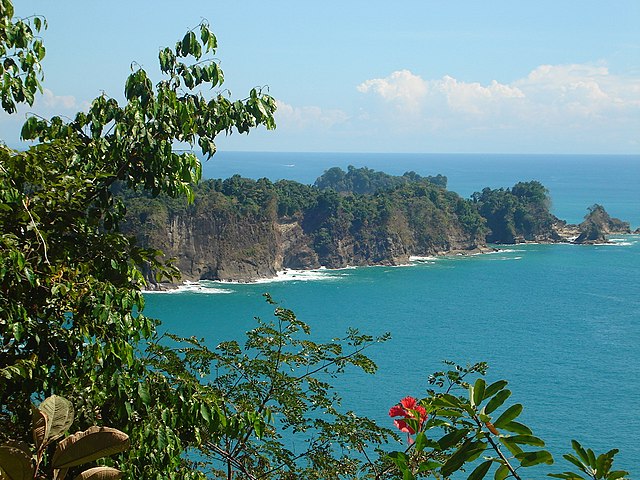
Osa Peninsula/South Pacific
This is the bulk of the Puntarenas region, and is less developed than some of the other areas. The Osa Peninsula is home to Corcovado National Park, one of the most biodiverse places on earth. It’s one of the more distant regions from an international airport (nearly a 6 hour drive from San José, or you can take a local flight), but we think the trek is well worth it. Be aware that you must have a park permit and certified guide to visit Corcovado. This region is also known for its whale watching out of Uvita and several indigenous towns.
Why Visit: The best spot for untouched nature and wildlife. Worth the trek if you want an immersive jungle experience.
Highlights:
- Corcovado National Park: Known as “the most biologically intense place on Earth.” Guided tours required.
- Uvita: Whale’s Tail beach and humpback whale watching (August–October, December–April).
- Drake Bay: Base for diving and snorkeling at Caño Island.
Caribbean
Stretching along Costa Rica’s eastern coast in Limón Province, the Caribbean has an entirely different feel compared to the Pacific side. The culture is infused with Afro-Caribbean heritage, and the food alone (coconut rice and beans, plantains, and fresh seafood) is worth the trip. The coastline is lined with beautiful beaches, coral reefs, and dense jungle that often feels less developed than the Pacific regions. Rain is more common here, but the payoff is lush greenery and fewer crowds, especially compared to the resorts of Guanacaste.
Why Visit: Culture, turtles, snorkeling, and a laid-back atmosphere.
Highlights:
- Tortuguero National Park: Famous for sea turtle nesting (July–October) and an Amazon-like network of canals.
- Puerto Viejo de Talamanca: A surf town with reggae music, Afro-Caribbean food, and nightlife.
- Cahuita National Park: Coral reef snorkeling, howler monkeys, and sloths.
- Best Time to Visit: Unlike the Pacific, the Caribbean doesn’t follow the same December–April dry season. Rainfall is spread throughout the year, with September and October being the driest months, making this a great time to combine with rainy-season travel elsewhere in Costa Rica.
My Final Thoughts on Where to Visit in Costa Rica
Even though Costa Rica is small, it takes careful planning if you're only able to visit for a week or so, as it does take a good bit of time to move around the country. If you want a great variety of beaches, jungle, and wildlife, I'd suggest Northern Guanacaste if you're flying into Liberia, and the Central Pacific if flying into San José. But for the best wildlife, make the trip down to the Osa Peninsula in the South Pacific region.
If you're traveling with a family, read out post about planning a family adventure trip to Costa Rica here.
